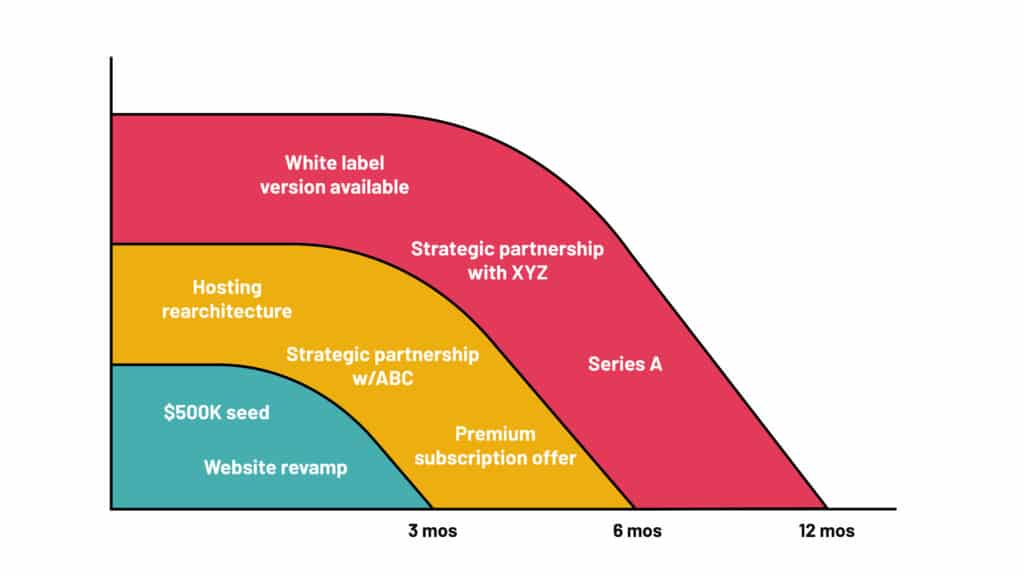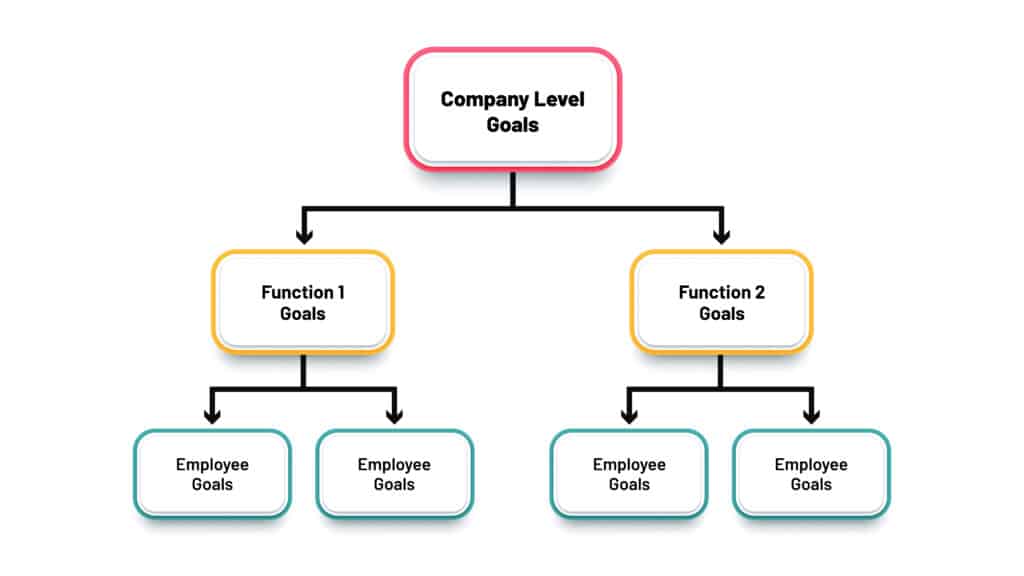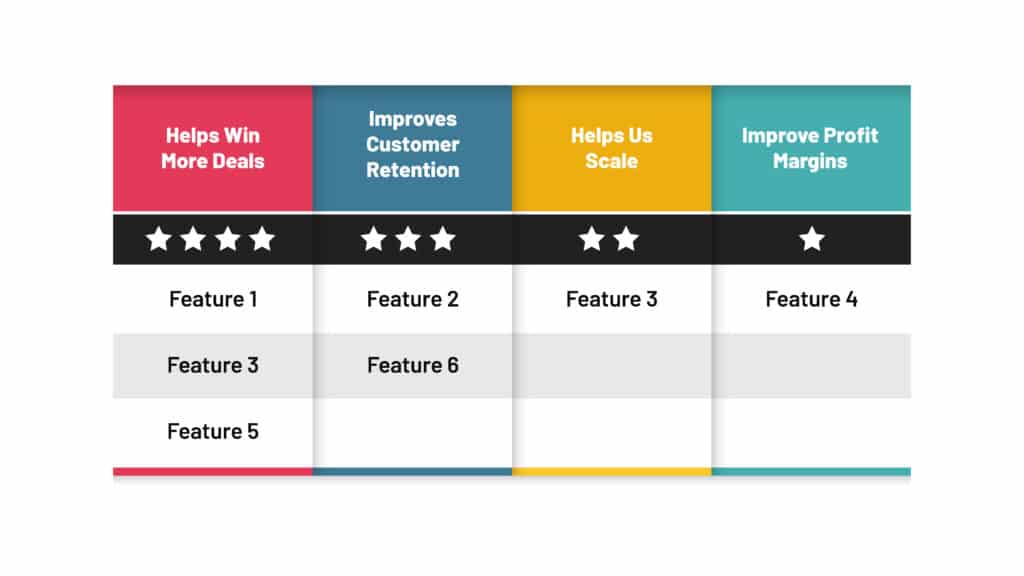Startup Success: Five Startup-Friendly Planning Tools

If you fail to plan, you’re planning to fail, even in the startup stage.
Many startups have, mistakenly, been led to believe they should simply move fast and break things on their way to building a great company. Forget spending valuable time on strategy and planning—why not just start putting puzzle pieces together, then adjust and adapt based on what develops over time?
I strongly disagree with this approach. The best startups do move fast and break things. But they do so with a general strategy, and associated plans, in place. This enables them to move fast in a specific direction and helps them best learn when things do break.
Ben Franklin is quoted as saying, “If you fail to plan, you are planning to fail.” That is as true for startups as it is in our personal lives. In this issue of Startup Success, we will review five of my favorite startup-friendly tools for strategy and planning.
1. Strategy Horizons
As a startup founder, you will regularly be asked to foretell your future as a set of milestones extending over a certain amount of time, such as one year or three years. This likely puts you in the mindset of building out a timeline and dropping in various important strategic events and accomplishments you see happening in the future. But even if you try to limit yourself to just the next several months, you might struggle with the perceived expectation to show things happening in certain months or even on certain dates.
Investors especially appreciate startups that are able to successfully predict what they are going to accomplish in the future. This is so amazingly difficult to achieve that even accomplishing 80 percent of the prediction is rewarded with respect. And that considerably increases the odds of gaining an investment.
As you aim to plan realistically, forget the detailed timeline. Instead, show each of your important milestones as happening in one of three strategy horizons. Each horizon can represent whatever time range you feel is most appropriate. For example, a one-year projection might be broken into the next 3 months, 3–6 months, and 6–12 months.
With such a framework, all you need to do is decide which category to drop your various strategic milestone events into. Will it happen, for example, in the next 3 months, in between 3 and 6 months, or in between 6 and 12 months? This is much easier than committing to specific (and perhaps arbitrary) dates, yet it still conveys a general timeline that prospective investors, board directors, strategic partners, or candidates for executive employment positions can digest with clear understanding.
If you are familiar with McKenzie’s three horizons model for corporate innovation, this is similar. But the strategy horizons described here don’t relate to types of improvement versus innovation. Instead, they serve as a visual evolution of your business plan as it is successfully executed.
Below is an example graphic to show how simple, flexible, and effective this tool is to use.

2. Cascaded Goals
Many people have been exposed to goal setting, whether related to education, sports, career, relationships, or just about anything that involves aspirational achievements. But applying the concept of goal setting to a company is fairly more involved and nuanced. That’s because the ultimate objective is to set goals for the company as a whole and then best ensure all managers and employees in the company row on an oar in the same direction so the goals are actually achieved.
Setting top-level company goals isn’t usually that difficult, especially with involvement from seasoned company executives or advisors. But the magic really happens when the goals are cascaded down throughout the entire organization.
Imagine the positive impact that results from an entry-level employee not only knowing what their personal goals are for a given calendar quarter, but also how achieving those goals will help their department meet its goals. Additional enlightenment comes from understanding how the department goals help contribute to the top-level company goals. It’s basically a big puzzle with all of the pieces fitting nicely together.
Many employees and first-line managers suffer from not understanding how their contributions affect the overall performance of the company. That disassociation alone can create higher risk of underperformance and attrition. Instead, cascade your goals from the top-level down through each level of your organization. This doesn’t work well for small startups with 10 or fewer employees. But at about 25 employees, and especially as the organization grows, it really helps ensure needed alignment and accountability throughout.
Below is a simple graphic to show the cascading concept. In the early days, functions 1 & 2 might be performed by a single person, but that’s OK. Set goals for each function anyway so that this practice, and its associated benefits, are engrained into your culture.

3. The Not List
Steve Jobs is quoted as saying at Apple’s 1997 Worldwide Developer’s Conference that “people think focus means saying yes to the thing you’ve got to focus on. But that’s not what it means at all. It means saying no to the hundred other good ideas that there are.” Startup founders regularly hear concerns about not being focused enough. Their advisors and investors might even refer to the issue as shiny object syndrome.
One of my favorite tools to help achieve focus is the Not List. Explained simply, it is a list of things the company will not do.
How many times have you been in a meeting where a serious debate ensued? During the debate, the group likely argued about many ideas, and ultimately a decision was made around the best path forward. That means that the team decided, directly or indirectly, on certain things you would not do. The Not List gives you a consolidated place to keep a record of these items to reference later. Often, the best additions to the Not List are generated when the stakes are really high, emotions are flaring, and voices are raised.
Without putting those things on a Not List, you might be surprised how easy it is for your employees’ focus to drift back into unwanted territory, toward those other tempting possibilities, without knowing they are doing anything wrong—just like what Steve Jobs said at the conference. Just because something gets put on the Not List doesn’t mean it can’t ever be taken off. Such a removal just needs to be discussed and agreed upon.
4. The Death Clock
A startup’s most valuable resource is time. That is because with enough time, they can adjust and adapt until they’ve achieved a viable, scalable, and sustainable business. So, imagine waking up every morning and seeing how much time your startup has left to live. Do you think that would provide enhanced levels of focus and priority? I do, especially if everyone in the company has the same visibility.
If you are running a startup, you might think you are already doing this by messaging the company’s cash fume date to all employees once per month or quarter. The cash fume date is the projected date when the company’s bank account will run dry without extra funding or something positive happening that’s not currently in the baseline forecast. In the startup world, it is common for most employees to know the current cash fume date.
The Death Clock takes the concept of a cash fume date to the next level by literally providing a live countdown timer based on certain assumptions. The assumptions aren’t intended to result in an exact analysis, but the benefits from the visual impact of a Death Clock can’t be disputed.
You could create a custom clock that is tied to your company’s cash fume date, or you could simply use an online tool created by a few entrepreneurs at startupdeathclock.com. I love the quote from Dr. Samuel Johnson on display underneath the online clock: “Depend upon it, Sir, when a man knows he is to be hanged in a fortnight, it concentrates his mind wonderfully.” Once you have the Death Clock in place, keep it visible to employees consistent. You can even keep it running on screen during weekly meetings, or display it on screens in common areas. You may be surprised about the sense of urgency and, again, focus it creates.
5. Prioritizing Your Product Roadmap
If you already have an experienced product manager on your team, they are—I hope—following a well-established product management process. But what about the early stages of the company, before you have such expertise on staff? There are always more ideas (features, capabilities, new products, etc.) than can be implemented in the desired timeframe. How do you prioritize the ideas to figure out which to focus on next?
This prioritization tool involves creating various categories based on business goals and current priorities, and then placing each roadmap-related idea into one or more of those categories. The hardest part is coming up with the right goal/priority categories, but even that should not be terribly hard if you spend any time setting strategy and related plans. In fact, hopefully this article will help with that.
Below are some examples of categories you might set around business goals and priorities. Notice how I reworded a traditional goal statement (“Win more deals”) into a benefit statement (“Helps us win more deals”), so that mapping features onto the priorities is made easier:
- Helps us win more deals (i.e., new customers)
- Improves customer retention
- Helps us scale
- Improves our profit margins
Depending on your type of business and your business-level goals/priorities, you might have totally different categories, or maybe some of these are a good place to start. You might have a tendency to create a bunch of categories, but I find that using my So What rule can help get to the real root category. When you have too many categories, keep asking yourself “So what? Why does that matter?” about each one. Using this exercise, you can often get to a small set of root categories that describe the real priorities of the business.
Below are some examples in which each instance of an equal sign coincides with asking and answering the So What question:
- A feature that none of our competitors have = helps us win more deals
- A feature that dramatically reduces our customer’s required administrative effort with our product = makes customers happier = improves customer retention
- A new manufacturing process that allows us to reduce our price = makes us more competitive = helps us win more deals
- A platform re-architecture that utilizes significantly less compute and storage = reduces our costs = improves our profit margins
- A capability that automates more of the customer onboarding process = improves our efficiency = helps us to scale

If you can also decide which of the categories are most critical for your current planning horizon, then you can also prioritize the categories. For example, in the graphic above, winning more deals is the most important category and improving profit margins is the least important. You can see that based on the number of stars designating relative importance.
This doesn’t mean you should choose to implement everything in the category with the highest importance and totally ignore the things in the lowest-priority category. Rather it is just another visual tool to help with decision-making. In fact, notice in the graphic above that Feature 3 helps accomplish two different company priorities. That could be meaningful. Again, just seeing your product roadmap wish list in this visual manner can serve as a great tool.
• • •
As the leader of a startup, you feel the pressure to execute every single day. But if your daily actions are not aligned with strategy and plans, it will be hard to steer the ship in the right direction. I hope these five tools give you some quick, practical ways to integrate good planning into your operation, and to more effectively move everyone toward your long-term vision of success.







1 Comment
Great list of strategy and planning tools that will help any startup become stronger! One more tool is a clear strategic positioning statement that comprises key elements like target customers, primary need, category of product or service, competitors, differentiators, etc. It becomes a guide against which expenditures of effort and money can be evaluated periodically by asking, “Will this accelerate our move toward our goals, or is it outside our positioning?” It’s OK to pivot and modify positioning, as long as it’s done deliberately.